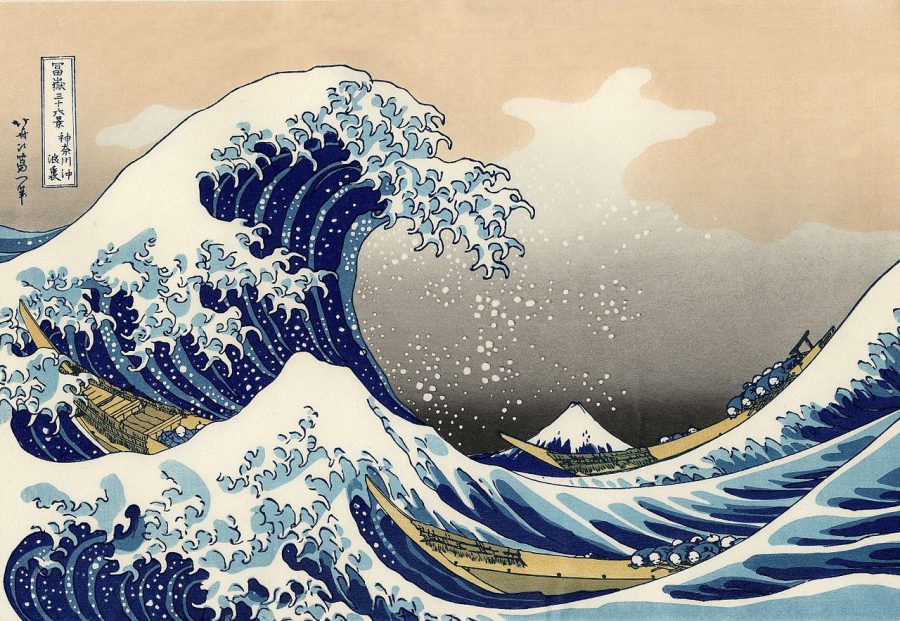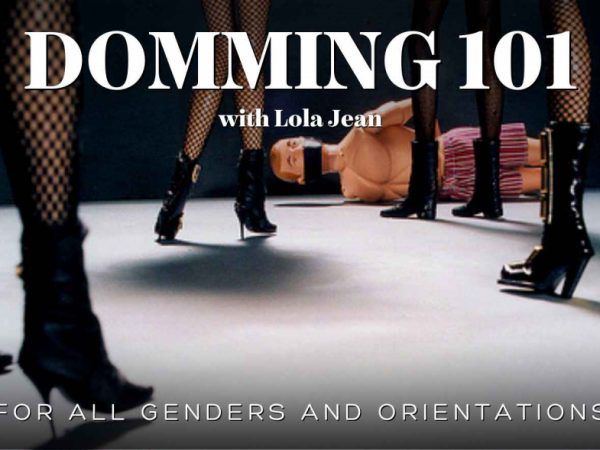Since social events are stil out of the question, and I had more free evenings than usual (*rolling eyes* thank you Covid), I thought of attending an online workshop on something that always fascinated me, but never tried! I joined Introduction to Shibari by Killing Kittens, hosted by Gregg Hiigara and Mili-fecent 🙂
Have you heard of Killing Kittens??
Let’s start with some history: Hojōjutsu VS Kinbaku VS Shibari
Hojōjutsu. In the Edo period (we are talking sometime between 1603 and 1868), in Japan, a new martial art became popular. This was Hojōjutsu, the art of restraining a person using cord or rope. Hojōjutsu can be divided into two broad categories.
In the first instance, a strong, thin cord (usually 3–4 millimeters in diameter) was used by law-enforcement and samurais to restrain prisoners. This was done in a way that not only met the aesthetic standards required (basically, it had to pretty too), but also, the accused but not convicted prisoner, would be tied using restrains that contained no knots. This was save him/her/they the shame of being publicly bound. Gasp.
In the second instance, we are looking at a thicker rope (6+ millimeters in diameter) that provided a more secure, long-term binding. This came in very handy for transportation of the prisoner, restraint of the prisoner at legal proceedings, and even for the public display prior to execution.
Hojōjutsu in law-enforcement showed limited survival in the modern world. Mostly because handcuffs became a thing. However…
Kinbaku. Also in the Edo period (just a little later), and still in Japan, bondage as a sexual activity became popular. This was Kinbaku (meaning “tight binding”), the act of tying a person up using simple yet visually intricate patterns, with thin rope (4-6 millimeters thick, and about 7–8 meters long). Kinda like stocks or manacles are used in a Western BDSM context. In Kinbaku, the aesthetics of the bound person’s position is important, and it follows specific katas (forms) and rules. Japanese bondage is very much about the way the rope is applied, and the pleasure is more in the journey than the destination, making the rope becomes an extension of the binder’s hands.
Shibari. The word Shibari came into common use in the West at some point in the 1990s. Used to describe the bondage art Kinbaku, it broadly means “binding” or “tying”, and it’s used in BDSM to refer to decorative bondage. This means that the terms Shibari refers to purely artistic, aesthetic rope, while the term Kinbaku refers to the artistic, connective, sensual, sexual practice as a whole.
Now what? Nowadays, a lot of people wrote multiple books and articles about “shibari”, using ‘shibari’ and ‘kinbaku’ interchangeably, without really looking into the distinction between these words among Japanese practitioners of the art.
But let’s talk about the workshop!
About the presenter. Gregg and Mili-ficent were lovely and had great chemistry. They guided us through the workshop showing us some of the basic knots, and although sometimes it was a little challenging to get the right angle for the camera, by the end of it, Mili-fecent was camera pro!
About the format. The workshop, like Pegging 101, was on zoom video call. The workshop lasted about an hour, followed by Q&A.
About the topic. The workshop started with a very brief intro around Shibari through history, however I thought of getting a little deeper into it, and provided the above history snippets. Next, the workshop covered some basic RACK, and then some basic ropes types, length, quality, etc. The bulk of the workshop was around the single column knot, the double column knot, and a couple of bedroom knots.
What is RACK?
Risk-aware consensual kink (RACK, also risk-accepted consensual kink) is an acronym used by some of the BDSM community to describe a philosophical view that is generally permissive of certain risky sexual behaviors, as long as the participants are fully aware of the risks. This is often viewed in contrast to safe, sane, and consensual which generally holds that only activities that are considered safe, sane, and consensual are permitted. Basically it puts more emphasis on individual commitment to possible risk, beforehand.
NAY?
Rope stuff aren’t your thing, but still interested in other workshops? KK runs a wide variety – see what’s coming up.





